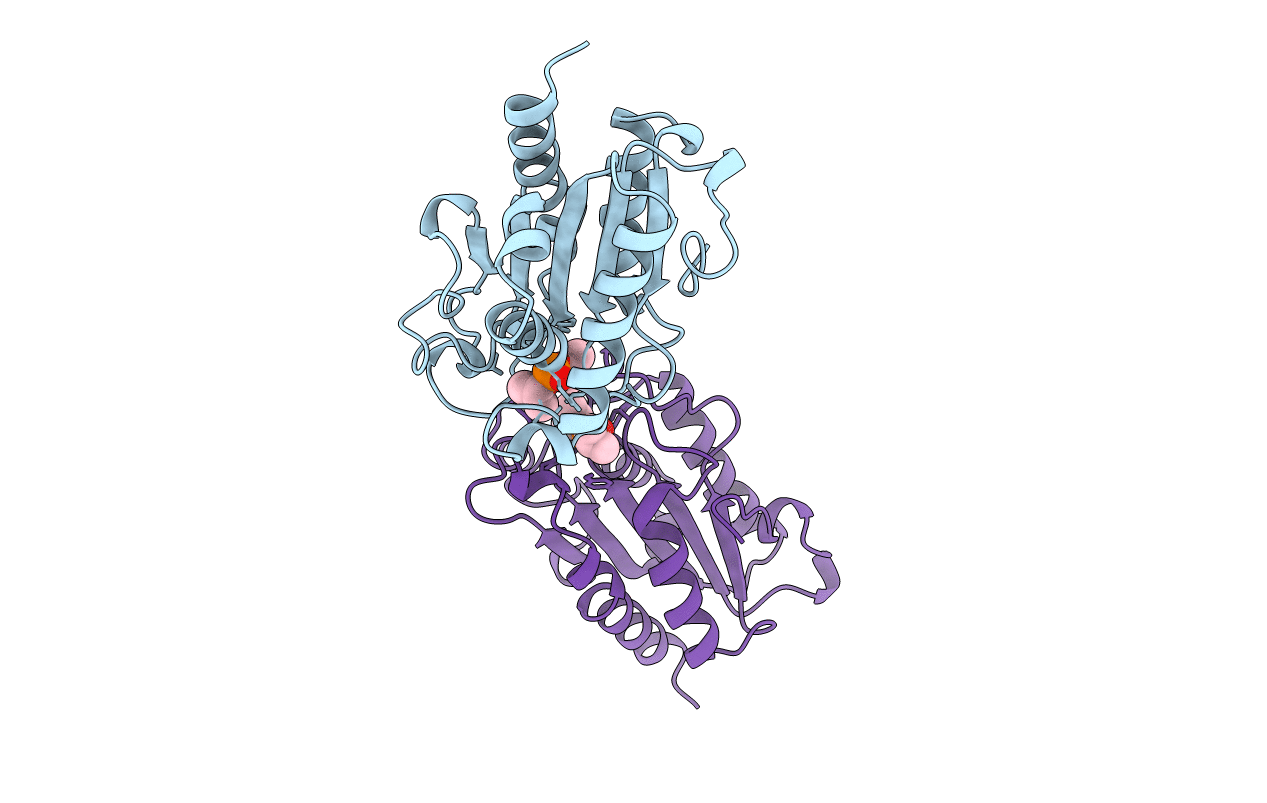
Deposition Date
1995-11-28
Release Date
1996-11-30
Last Version Date
2024-12-25
Entry Detail
PDB ID:
1XZK
Keywords:
Title:
FUSARIUM SOLANI CUTINASE COMPLEX WITH DI(ISOPROPYL)PHOSPHATE
Biological Source:
Source Organism:
Nectria haematococca mpVI (Taxon ID: 70791)
Host Organism:
Method Details:
Experimental Method:
Resolution:
2.01 Å
R-Value Work:
0.16
R-Value Observed:
0.16
Space Group:
P 1 21 1


